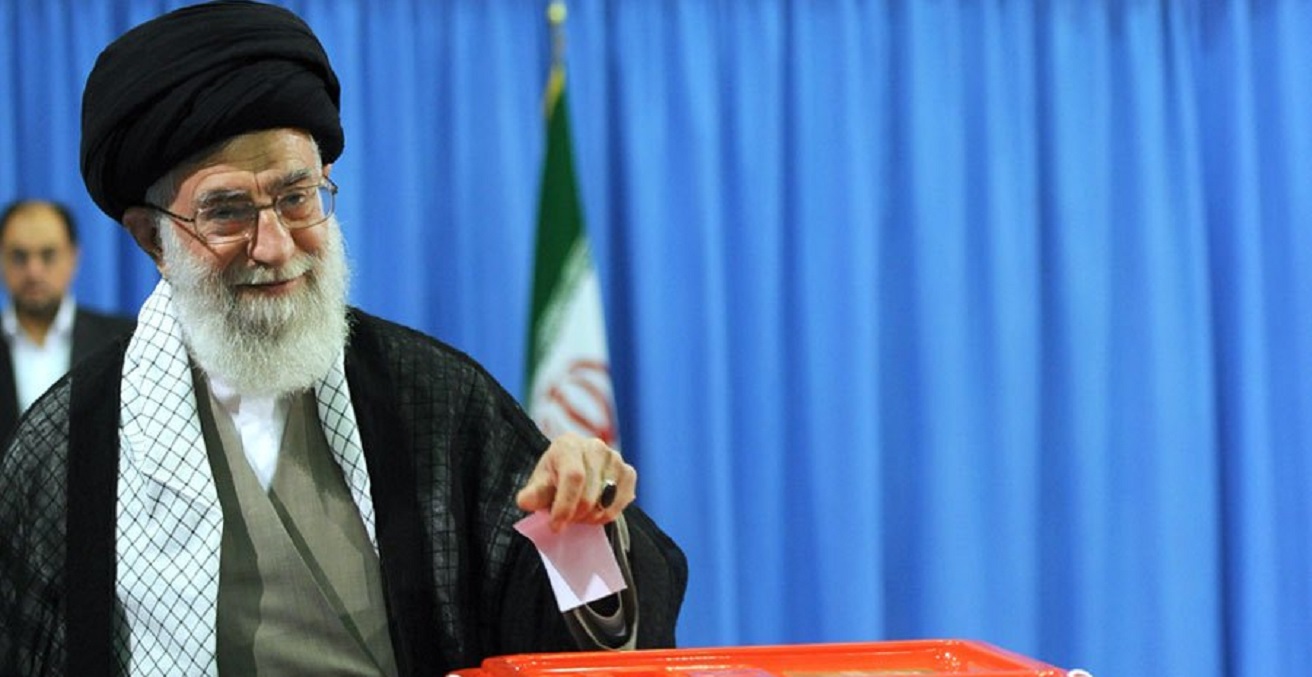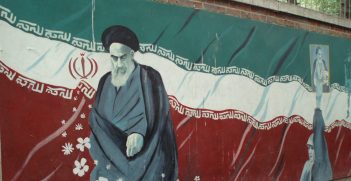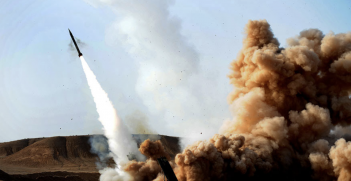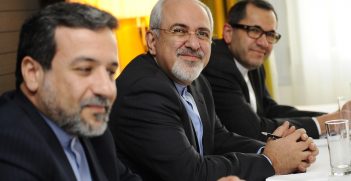Human Rights and Iran in 2018

It’s 40 years this month since the Islamic revolution began in Iran. The regime is still in place, despite strong protests in 2009 and again in the New Year. What does it mean for the Iranian people and their human rights?
Included in George W. Bush’s “axis of evil”, branded a murderous regime by President Trump, yet, nominally at least, a democracy, Iran continues to play the role of international villain.
The 2016 easing of international sanctions against Iran represented a more conciliatory approach by the West towards the Tehran. However, during the last 12 months, the Trump administration has taken a much harder line, labelling the Irani leadership as a “fanatical regime” and looking increasingly likely to pull out of the nuclear agreement.
Despite the ongoing attention of the international community towards the regime, the Iranian people have often been forgotten. The New Year protests appeared to take most Western observers by surprise. They were the most intense challenge to the regime since the 2009 ‘Green Movement’ uprising following the disputed re-election of former President Mahmoud Ahmadinejad. Twenty-four people were killed and one Iranian lawmaker put the number arrested at more than 3,700.
Forty years since the Iranian revolution began, what is the human rights situation in Iran and what needs to be done to support the Iranian people?
Saeed Bagheri is a Max Weber Post-Doctoral Fellow in the Law Department at the European University Institute. He teaches and writes on public international law with a particular focus on the most recent developments in international law as it adapts to contemporary challenges. He examined the situation in Iran for Australian Outlook.
The human rights situation
The Iranian political system is based on supreme leadership authority in which most power is constitutionally (Article 110 of the Iranian constitution) concentrated in one person. Assuming this structure, by signing the Charter on Citizens’ Rights in 2016, President Rouhani promised to advance the human rights situation in the country.
However, the restriction and abuse of human rights, as well as the suppression of critics of the government’s policies, is rooted in its political tradition in which the organs of government are so intertwined. It means the authority of the supreme leader over the president and the parliament is assured.
In such a political system, with a lack of meaningful separation of powers, neither a moderate nor reformist president is able to promote human rights and democracy. Therefore, Rouhani has not been able to make any significant advances in practice, regardless of his continued criticism of the human rights record of the Iranian authorities.
Significance of the New Year protests
At first glance, the New Year unrest appears to be similar to the 2009 uprising, but it was very different even if it came on the uprising’s anniversary. The underlying cause of the latest unrest in the country was Rouhani’s failed economic policies. However, the economy and human rights are different concepts, and a citizen’s right to economic security is one the fundamental socioeconomic rights which has been protected in many international human rights treaties including 1966 Covenant on Economic, Social and Cultural Rights which Iran has ratified. Therefore, the protests were substantially against the socioeconomic human rights in the country which were affected by inflation, unemployment and the high levels of corruption within the government.
By contrast, the 2009 uprising was based on the presidential election results from a vote that had taken place in a democratic environment, but which were not what was expected. In essence, people protested re-election of the radical leader Ahmadinejad for the second time.
To some extent, however, both of the events were based on the lack of positive connection between the Irani people and the political regime.
The regime’s response to the unrest
As president of the Iranian government, Rouhani tried to calm the protesters when he emphasised that Iranians have the right to express and criticise the government freely and to stage protests according to the constitution and their citizenship rights. However, he stated that the protests were not just about the economy and corruption, the Iranian people demanded executive, legislative and judicial transparency. Rouhani also stated that this method of protest is not the correct way to benefit the Iranian people. An interesting point in Rouhani’s reaction was that he emphasised, once again, that his administration would keep all promises about human rights and would use all efforts to solve all the problems of the people.
Recognition of fundamental political and socioeconomic human rights in Iran is mainly incompatible with the Iranian political system which is mostly based on the Islamic Rule and the supreme leader, who is above the law, and may act with almost impunity. Achieving such goals depends on the fundamental alteration in the Iranian constitutional principles and political system which can propel Iran towards a real democracy in practice. I think Rouhani is entirely aware of the facts.
Can we expect more protests?
According to the Iranian constitution (Article 1), the Iranian regime is the Islamic Republic, which the people ratified with a 98 per cent affirmative vote in a referendum. Thus, suppression and restriction of these people’s political and of human rights is not an acceptable behaviour. Looking at the history of Iran in previous decades, we can see the Iranian people’s increasing revolt against the rigid, overbearing political regime.
In the latest uprising, people moved a step forward and called for regime change. This is an indication of the Iranians’ distrust and disrespect of the government, the political regime and its legitimacy. In such a condition, I am not sure that continuing to put down anti-government or anti-regime protests aggressively, as the regime has done, is a rational and stable solution.
How can the international community promote human rights in Iran?
Neither the approach of the Obama administration, nor the tougher line adopted by Trump is an effective means of promoting human rights and democracy in Iran. The reason is the mentality of ‘Islamic rules are above law’, which constitutes the core component of the Iranian constitution.
This is the reason why the Iranian constitution finds fundamental rights, such as the right to express and criticise the general polices of the regime, as detrimental to the principles of Islam, public safety and Iran’s national security. Therefore, although it may be said that conciliation with the US and EU powers by signing the 2015 nuclear deal has improved Iran’s international image, it cannot be argued the human rights situation has improved. In essence, I don’t think the threat of a return to economic sanctions or any prospect of including Iran in the international order can be an assurance of democracy and human rights promotion in the country.
I give reference to the Iranian constitution in which Iran’s foreign policy is based on the rejection of all forms of domination and non-alignment with respect to the hegemonist superpowers, and the maintenance of mutually peaceful relations with all non-belligerent states. This is also why the nuclear deal, as the most crucial step taken by a moderate president to integrate with the international community, was subject to serious criticism by the regime’s authorities. They found it incompatible with the regime’s aggressive policies specifically based on the rejection of domination by big powers such as the US and EU. At this point, I think for the Iranian regime, it does not a matter whether President Trump’s threats of a return to sanctions could isolate the country.
Dr Saeed Bagheri is Max Weber Post-Doctoral Fellow in Law at the Law Department of the European University Institute (EUI) in Florence, Italy.
This article is published under a Creative Commons Licence and may be republished with attribution.





